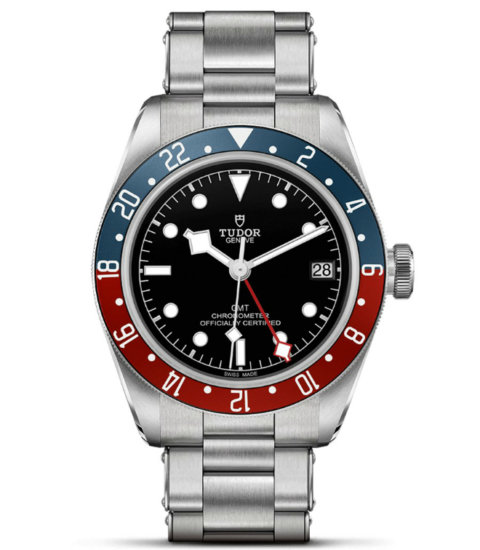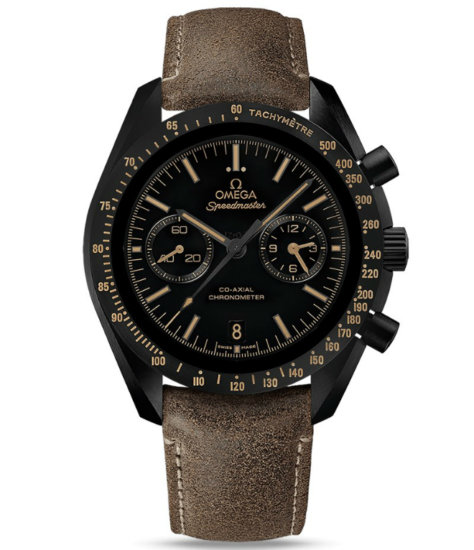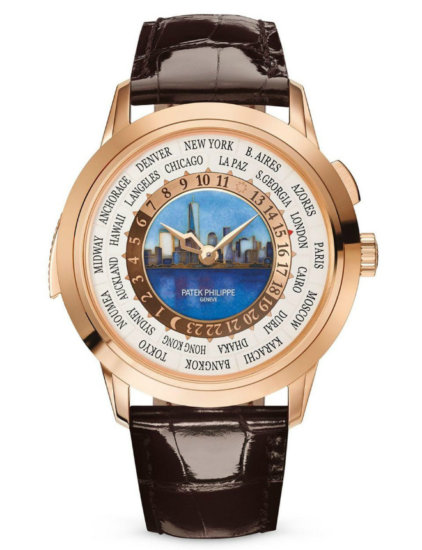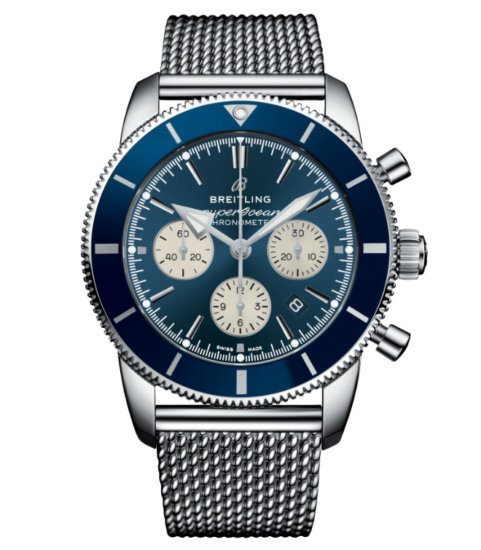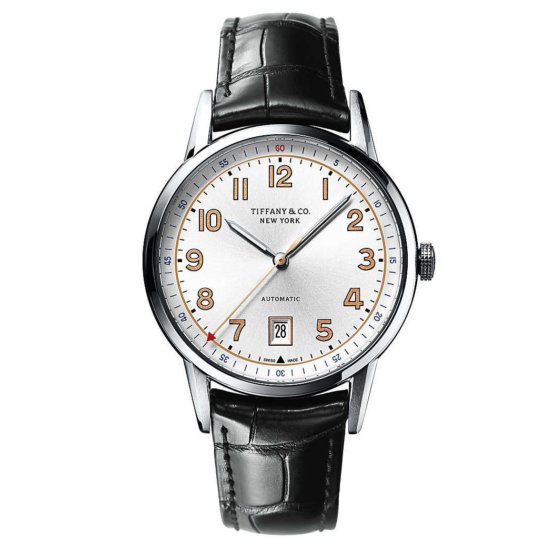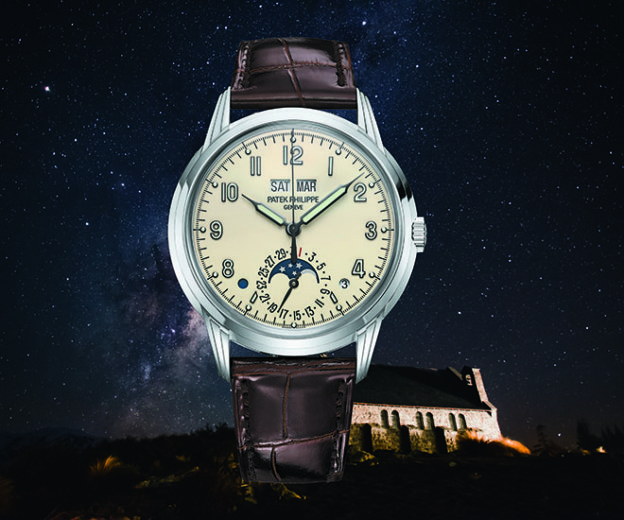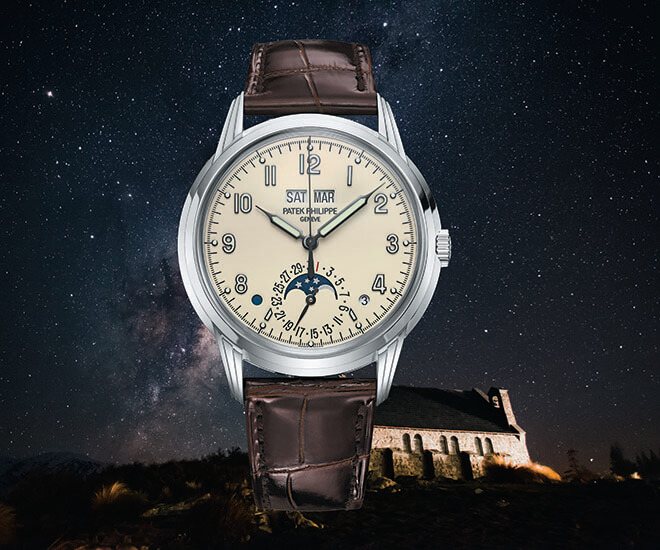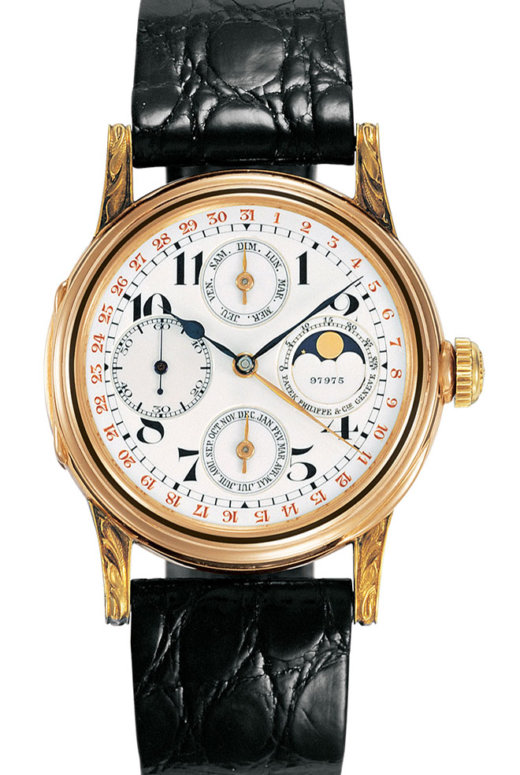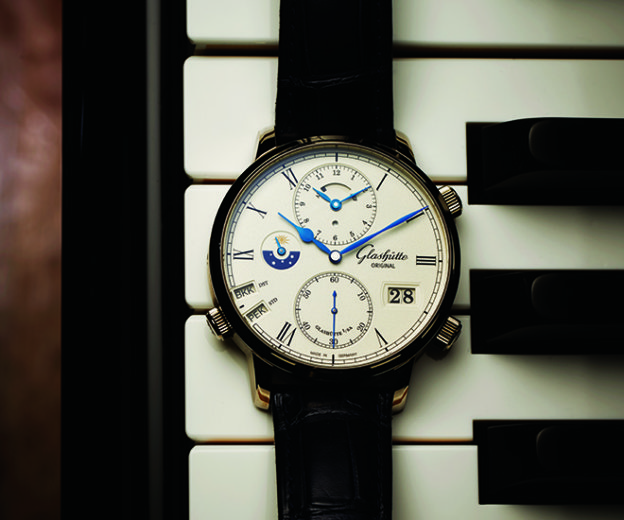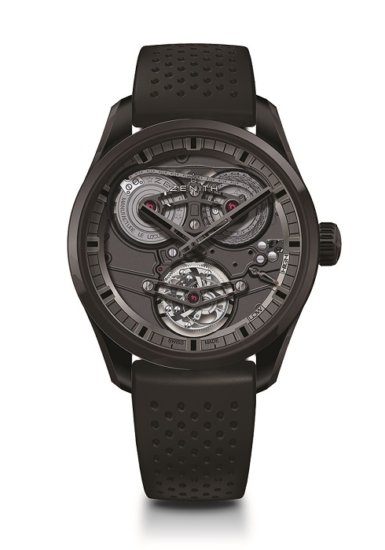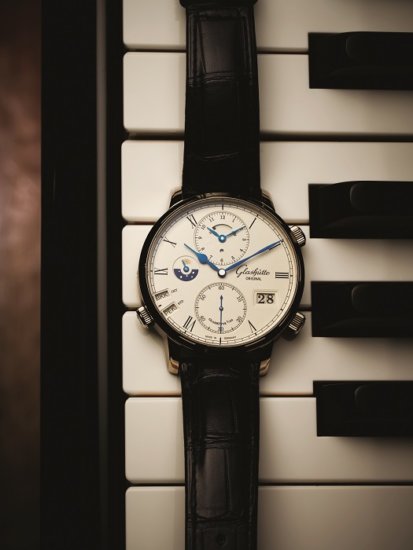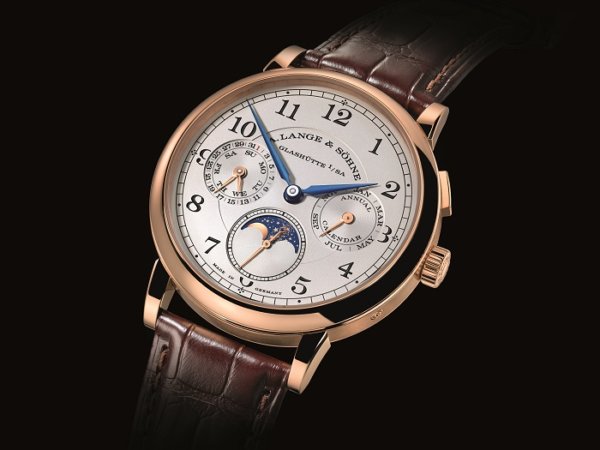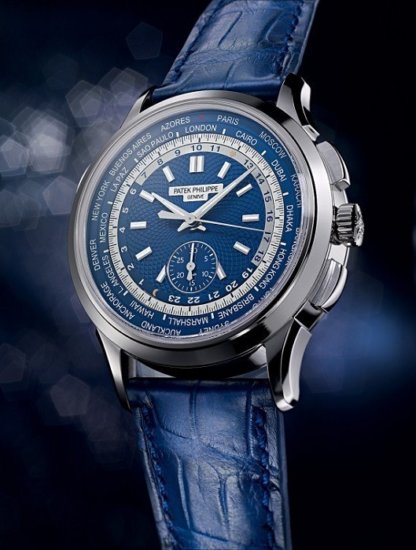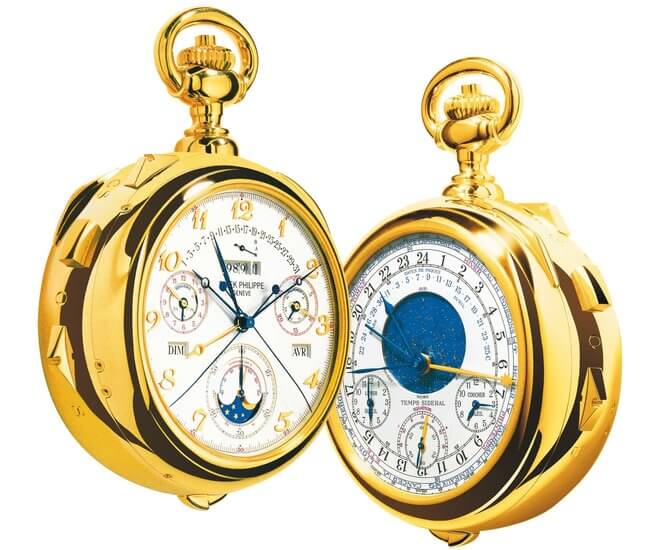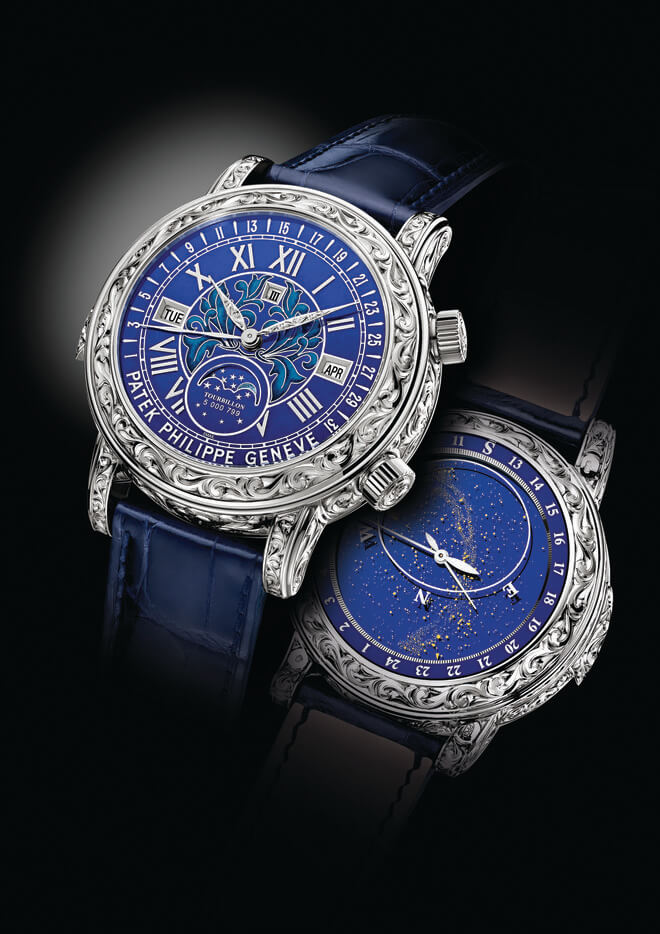Year on year, watch auction records are being made and broken by the high demand of these pieces de unique found in old collections and it is a marvellous spectacle to behold.
For an industry that sells covetable timepieces from the past, the watch auction world is a surprisingly fast-paced, ever-changing landscape.
While 2018 may not have had a watch that eclipsed the Patek Philippe Henry Graves Supercomplication from 2014 or Paul Newman’s very own Rolex Daytona Ref. 6239 from 2017, 2018 had a few watches that stood out.
And here we round up 6 watches that earned the highest bid in 2018 auctions.
#1: Rolex Daytona Ref. 6265 Unicorn

Collectors naturally want what others can’t have and a vintage white gold Rolex Daytona is simply put, cause for alarm, for collectors. When the news was broken by Hodinkee back in 2013 that one existed, the watch world’s enthusiasm levels soared.
Its rarity was explained by Phillips as, “For many years it was commonly accepted that Rolex only produced manual winding Cosmographs in stainless steel or yellow gold, and never in platinum, white or pink gold.” As it turns out, one customer managed to convince the brand otherwise and the rest is history.
That history, however, culminated in May this year with a 5,937,500 Swiss francs (approx. 24.8 million) sale at Phillip’s Daytona Ultimatum auction. The Rolex Daytona Ref. 6265 Unicorn currently sits as the second most expensive Rolex to ever be sold at a watch auction. Adding to the glamour of it all, all sales from the piece were donated to the Children Action charity.
#2: Patek Philippe Ref 2499 Perpetual Calendar Chronograph Asprey

The title of highest auctioned Patek Philippe watch this year goes to the Patek Philippe Ref 2499 Perpetual Calendar Chronograph Asprey that was hammered at 3,915,000 Swiss francs (approx. RM16.4 million) at Sotheby’s recent Important Watches auction in Geneva.
The watch, a possibly unique piece, was manufactured by the esteemed Swiss watchmaker in 1952 and sold in 1956. The Ref 2499 Asprey was first put up for auction in 2006 and has been in the same private collection since then.
Unique features of the piece include a double-signed dial by both Patek Philippe and Asprey.
#3: Patek Philippe Ref 2499 Perpetual Calendar Chronograph Serpico y Laina Caracaswas

Next on the list was another Ref 2499, but this time, signed by Venezuelan distributor Serpico y Laina, set up in Caracas, the capital of the country by two Italian immigrants. What makes the Ref. 2499 so special (and given that there are three on this list for this year alone) is the fact that across four different iterations (series) of the watch, only 349 examples of the reference was made. And only across a 35-year mark, making it roughly 10 watches per year.
This particular Patek Philippe Ref 2499 Perpetual Calendar Chronograph Serpico y Laina Caracas was realised at Christie’s Rare Watches auction, at a value of 3,252,500 Swiss francs (approx. RM13.4 million), just a day before the Asprey variant.
#4: Rolex Daytona Ref. 6240 Neanderthal

The predecessor of the Daytona Ref. 6265 (the Paul Newman series), the Ref. 6240 was the first to use screw-down chronograph pushers and utilised a unique dial proportion with the subdials nearly touching the outside track. As Phillips puts it, “Any Cosmograph boasting oversized registers is called today a “Big Eye”. What quick-eyed collectors may notice as well, is the fact that the dial has no ‘Cosmograph’ or ‘Daytona’ text to be found.
Because of its inherent uniqueness and legacy as the one that came before the Paul Newmans, this particular Daytona Ref. 6240 Neanderthal hammered at 3,012,500 Swiss francs (approx. RM12.6 million) during the Daytona Ultimatum in May.
#5: Patek Philippe Ref. 2499 signed by Tiffany & Co.
The Patek Philippe Ref. 2499 makes an appearance again on the list and this time, signed by American jeweller and retailer Tiffany & Co. Sold at 2,950,762 Swiss francs (RM12.4 million) in Hong Kong, the watch is now the most expensive watch to be sold in auction in Asia. According to Sotheby’s that sold the piece, the watch is potentially the only one of its kind, given that there are only six examples of this series made in pink gold.
While the Asprey-signed Ref 2499 was manufactured in 1952 and sold in 1956, this Tiffany & Co model is almost 20 years older, having been made in 1971 and sold in 1972. As we’ve mentioned earlier, the Ref. 2499’s limited production years between 1950 and 1986 have made it such that the earlier series tend to fetch more because of the lesser amount produced then.
#6: Patek Philippe Sky Moon Tourbillon Ref. 6002G
Sold off at Hong Kong’s Poly Auction’s Important Watches, the Patek Philippe Sky Moon Tourbillon Ref. 6002G is easily the most complicated timepiece on the list. The grand piece was released by Patek Philippe in 2014 and features several functions and complications shown over two dials.
It boasts a tourbillon, a minute repeater with two cathedral gongs, a perpetual calendar with retrograde date, a moonphase display. On top of that, the back of the watch showcases sidereal time, a sky chart of the Northern hemisphere, as well as a progressive moonphase display. The dials have been worked with cloisonné enamel and champlevé enamel for a grander effect.
While it definitely out-complicates many of the watches on the list, the fact that the Sky Moon Tourbillon didn’t fetch as high with its hammered amount at 2,695,207 Swiss francs (RM11.1 million), the watch was sold with a high enough price four years ago and was limited to just five pieces.
Given the appreciation that Patek Philippe timepieces have had over the years, one can imagine that in 40 years’ time, the Sky Moon Tourbillon may see an auction pricing much higher.


